Porsche 917 Celebrates 50 Years — The History and Achievements of the 917 Featured on Amazon Prime Video’s The Grand Tour
公開日:2019.04.14
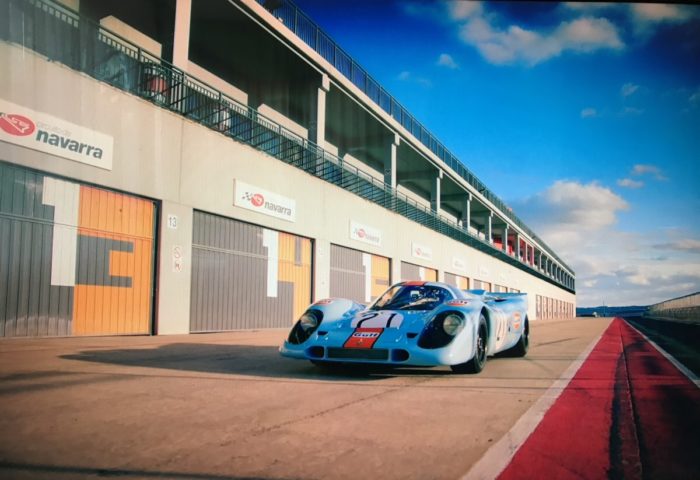
The 917 Special on The Grand Tour
The famous British car show Top Gear, originally aired by the BBC, featured the trio Jeremy Clarkson, Richard Hammond, and James May as its first hosts. Their Amazon Prime Video car show, The Grand Tour (The Grand Tour), is also quite entertaining, and many of you have probably already watched it.

*Image source: Amazon Prime “The Grand Tour (Subtitled)”
By the way, the main host (?) in the center of the photo, Jeremy Clarkson, was born in 1960 and is 59 years old. Younger than I thought. Judging by his hair, skin, and the size of his belly (lol), I had imagined he was about 70 years old.
Also, he is reportedly 195 cm tall.
On the left is the shorter man, Richard Hammond, born in 1969 and 49 years old. Again, younger than I expected. I can hardly believe he is the same age as Masaharu Fukuyama… or maybe Fukuyama is just amazing (-_-)
Standing next to 195 cm Jeremy, Richard looks quite small, but he is actually 170 cm tall.
On the right is James May, born in 1963 and 56 years old. In my image, he seems the most like a proper British gentleman and the most age-appropriate of the three, haha.
The Amazon Prime Video show The Grand Tour, hosted by these three, is wilder than typical car shows. However, they seem calmer than they were on Top Gear. Well, they’ve all aged, and apparently have had some serious injuries during filming… (but their sharp tongues remain intact)
Recently, in Season 3 of The Grand Tour, there was a special episode titled “The Legend Lives On: Endless Love for Lancia and the Timeless 917” featuring the Porsche 917. My husband had already watched it and said,
“This was pretty interesting; you should watch it.”
So I decided to check it out right away.
The Legendary Porsche 917
As a relatively new Porsche fan, I must admit I didn’t know much about the 917. I had seen it before but didn’t remember much. The feature was hosted by James May, who started by saying, “Porsche has produced some excellent cars,” to which Jeremy replied, “911, right?”



…Classic Jeremy, haha.
James is convinced the Porsche 917 is “Porsche’s greatest masterpiece,” and it is celebrating its 50th anniversary this year. Incidentally, the restored first car, the “917-001,” will be exhibited at the Porsche Museum in Germany from May 14 to September 15. I’d love to see it!
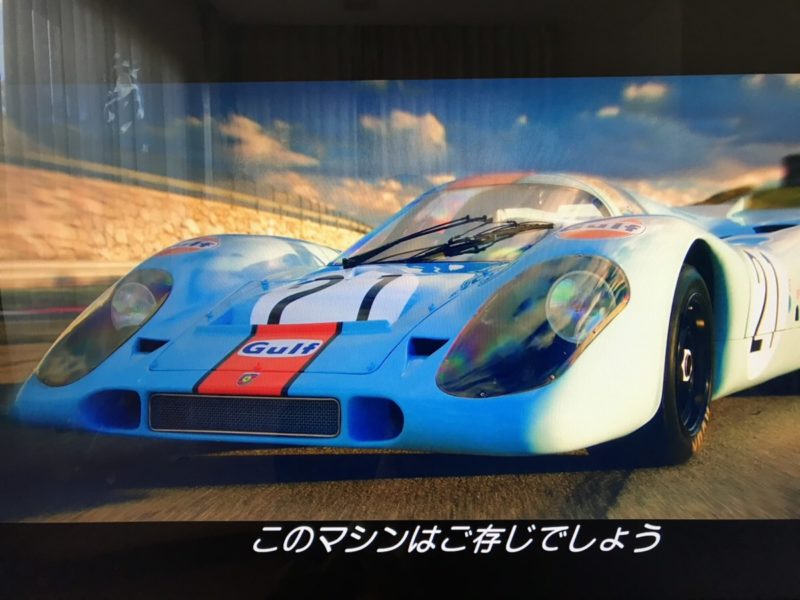
According to James, “there is no car that surpasses the racing spirit of this 917.”
Porsche is a manufacturer with great success at Le Mans, having won 19 times so far. (2nd place: Audi with 13 wins, 3rd: Ferrari with 9 wins) This 917 was the car that brought Porsche its first victory.
Only 25 units were made worldwide, and because it won at Le Mans, the current value is said to be £14 million. Hearing it in pounds is hard to grasp, but that’s about 2 billion yen in Japanese currency…
Wow… (;゚Д゚)
I was thinking, “How on earth did Porsche lend such a car to The Grand Tour?” when James said, “The insurance company told us not to let anyone crash it, so this is where Captain Slow steps in.” Apparently, James is the most cautious driver among the three hosts and often the slowest in their races.
Indeed, if the other two drove it, they’d probably wreck it with reckless driving.
The 917 looks big and wide at first glance, but once inside, it’s a completely different story.
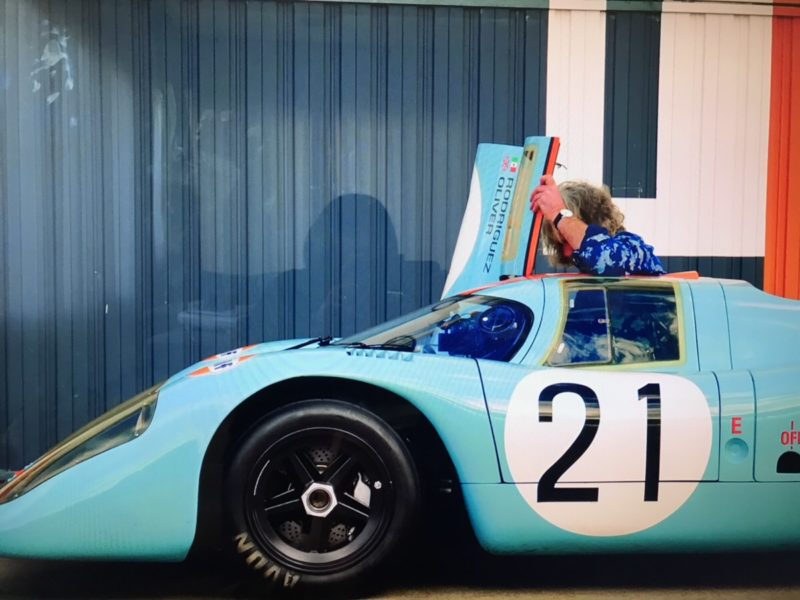

So cramped… (lol)
When driven, the roar is incredible. James says, “Though it’s a 50-year-old car, it’s incredibly fast by any era’s standards.” It takes just 2.7 seconds to reach 100 km/h, with a top speed of 360 km/h. It has a 5-liter 12-cylinder engine producing 621 horsepower.
While these numbers may not match recent hypercars, the car weighs only 800 kg, so its power-to-weight ratio is impressive.
The body uses only the bare minimum materials with no compromises. James’s head actually rubs against fiberglass that is only 1.2 mm thick.
The driver’s dashboard has only three gauges: tachometer, oil temperature, and oil pressure. If these three readings are normal, the engine won’t blow.
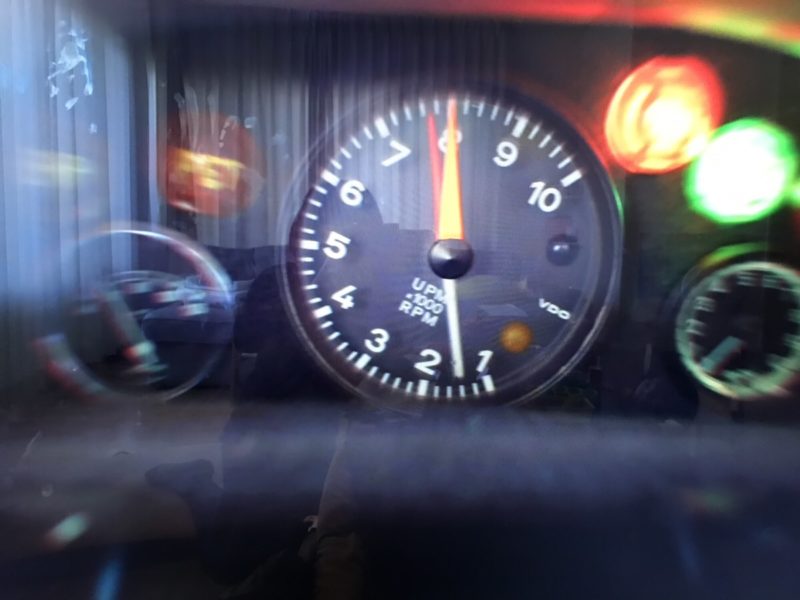
James then floors the accelerator, saying, “The world’s fastest canoe — truly a car from another dimension!” and praises it highly.
From the Birth of the 917 to Le Mans Victory
But the road to completing the 917 was full of hardships.
The Birth of the 917
In 1968, the Commission Sportive Internationale (CSI) introduced a rule for the World Sportscar Championship that prohibited engines larger than 3 liters.
This was because prototype cars from major teams had become too expensive, too fast, and too dangerous.
However, CSI made an exception: manufacturers who produced at least 25 road-legal models could use engines up to 5 liters.
…I thought, “What does it mean to allow 5 liters if you make 25 cars? What’s that about?” After researching, I learned this is called “homologation.”
The manufacturer applies for approval that a certain number of the same model have been produced within a set period, and the FIA verifies and approves this. If modifications cause the car to no longer meet the approved specifications, additional approval for variants must be obtained to use the modified car in competition. If the manufacturer provides modified parts and gets additional approval, the car can be freely used as an evolution model. The approval expires seven years after production is deemed to have ended, after which the car cannot be used in competition.
*Wikipedia “Homologation“
Wow, that’s how it works.
Back to the 917… but it was clear that small companies couldn’t afford to build 25 such cars, so this homologation was considered just a theoretical loophole.
Because of this rule, Ferrari, which raced prototypes with engines over 3.0 liters up to 5.0 liters, temporarily withdrew, Chevrolet, with engines over 5.0 liters, completely withdrew, and Ford, also over 5.0 liters, continued only through affiliated teams in sports car racing.
But Porsche was different.
Until then, Porsche had only won titles in small-displacement classes, so Ferdinand Piëch (grandson of Porsche founder Ferdinand Porsche), the head of Porsche motorsport at the time, aimed to win the overall championship with this opportunity.
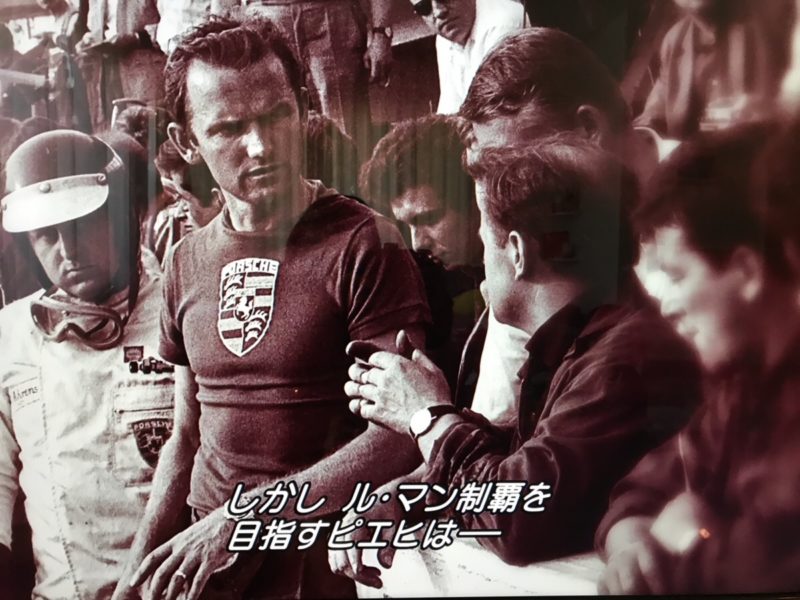
Ferdinand Piëch was also involved in designing the Bugatti Veyron and the original Audi Quattro. As a side note, he reportedly had 13 children with four different women. Quite a character, haha.
Back to the story… Porsche was a small company with limited funds at the time.
However, Piëch decided to prepare those 25 cars to conquer Le Mans, even though the race was only a few months away.
So at Porsche, everyone from accountants to janitors to secretaries left their posts to help build the 25 cars. Because of this, the finished cars were nicknamed “secretaries’ cars.”
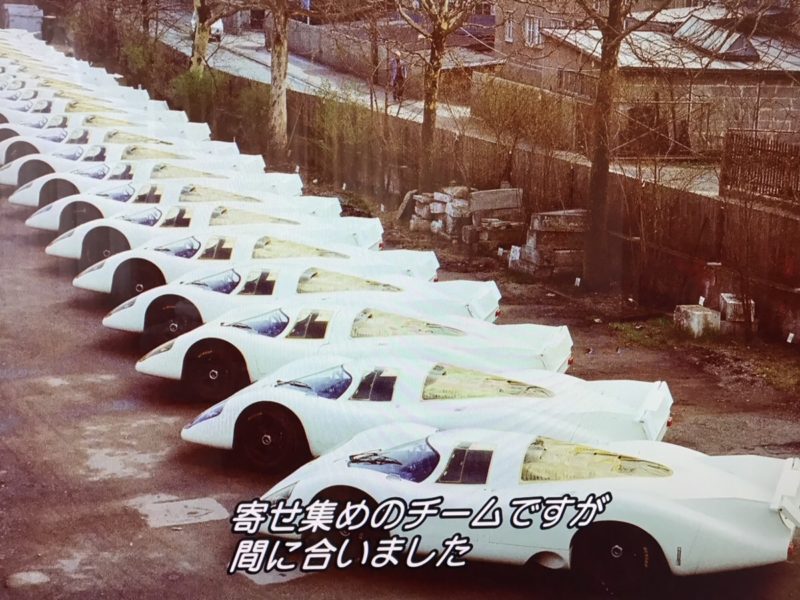
The team was hastily assembled but managed to finish on time.
Later, motorsport inspectors checked the 25 road-legal models and approved them, but apparently overlooked that these 25 cars had racing axles installed. (In fact, the 25 cars were not completed before the homologation inspection, and a re-inspection a month later granted official approval.)
Once Porsche’s entry to Le Mans was confirmed, Piëch began preparing the race cars. These were built to be extremely fast, reaching 383 km/h on the famous long Mulsanne Straight at Le Mans.
However, the car had a weakness: it was “extremely unstable.” Despite being fast, it lacked downforce to press the body to the road, making it more unstable at higher speeds. Driving was extremely difficult and unpredictable.
The chassis flexed so much that the gear lever moved, making it “impossible to find the lever when trying to shift gears.”
So scary… ((;゚Д゚)
In the 1969 Le Mans race, the result was a disaster. One privately entered car crashed on the first lap, killing the driver. Other cars suffered mechanical failures, leaving only one car running. That driver was British driver Dickie Attwood.
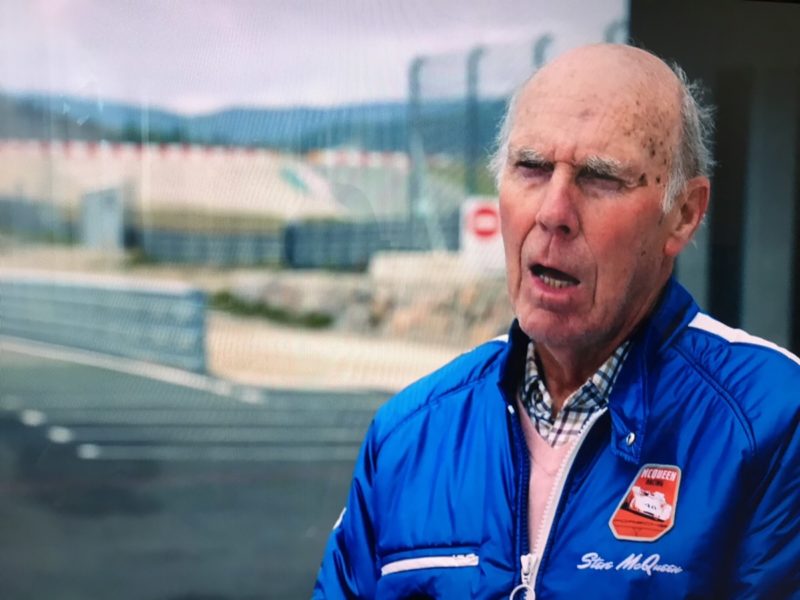
He described the car as:
“It felt life-threatening — it was a monster. I was so scared I kept praying it would break down.”
Near the end of the race, Attwood’s 917 was leading by six laps and close to victory, but after 21 hours, it finally broke down. Piëch aimed for overall victory at Le Mans but ended up with a crushing defeat.
First Le Mans Victory
Afterward, Porsche hired John Wyer, who had worked on the Ford GT40, to improve the car. He made a key discovery:
“The front of the car was covered in dead insects, but the rear wing was clean.”
This meant poor airflow, no downforce, and poor handling. After fixing this, Porsche entered Le Mans 1970 with hope.
The driver was again Attwood, who must have been terrified, haha.
This time, the 917 was much more stable and incredibly fast. Despite many accidents caused by rain, Attwood finished first, giving Porsche its first overall victory.
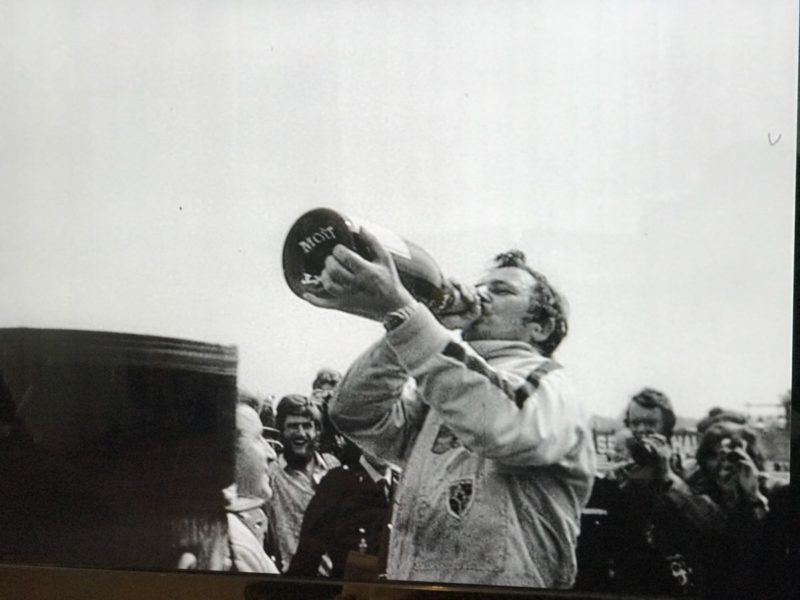
When James said on the show, “Still, Porsche might have gone bankrupt because of this car,” Attwood replied:
“Piëch was so obsessed with this project that he nearly bankrupted the company. Porsche almost collapsed.”
This was a do-or-die battle for Porsche’s survival — and they won.
The 917’s Dominance
After their first overall win, the 917 dominated Le Mans again the following year, reaching a top speed of over 388 km/h. This record stood for more than 20 years.
The same race also set a total distance record of about 5,335 km, which wasn’t broken until 2010.
The 917 also became famous for being driven by Hollywood star Steve McQueen in the movie “Le Mans.” Come to think of it, my husband watched “Le Mans” at home before.
GT2RS vs. 917
To celebrate the 50th anniversary of this legend, James explained:
They asked Attwood to drive the 917 again for a comparison between this legend and a modern Porsche. The challenger is the 911 GT2 RS, one of Porsche’s most powerful models.
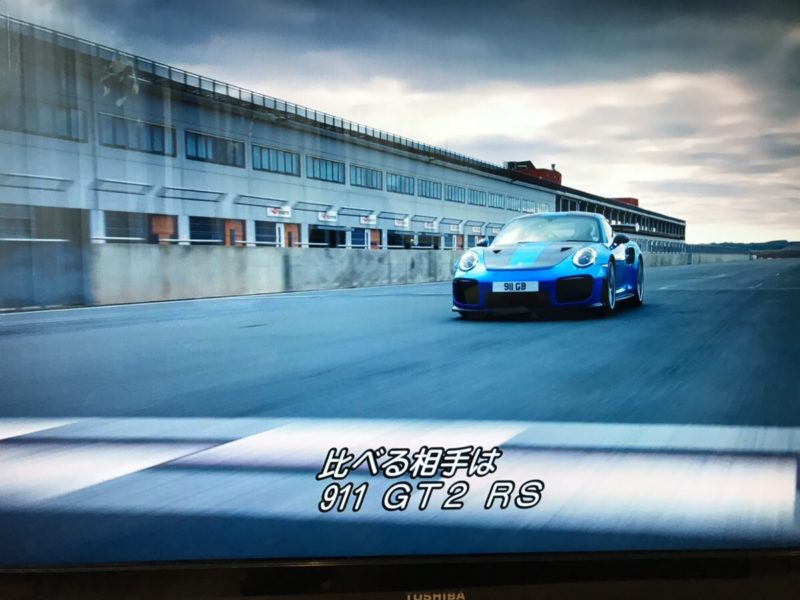
As expected from The Grand Tour, they do interesting things. The driver of the GT2 RS is Neel Jani, a young driver who won Le Mans with Porsche in 2016.
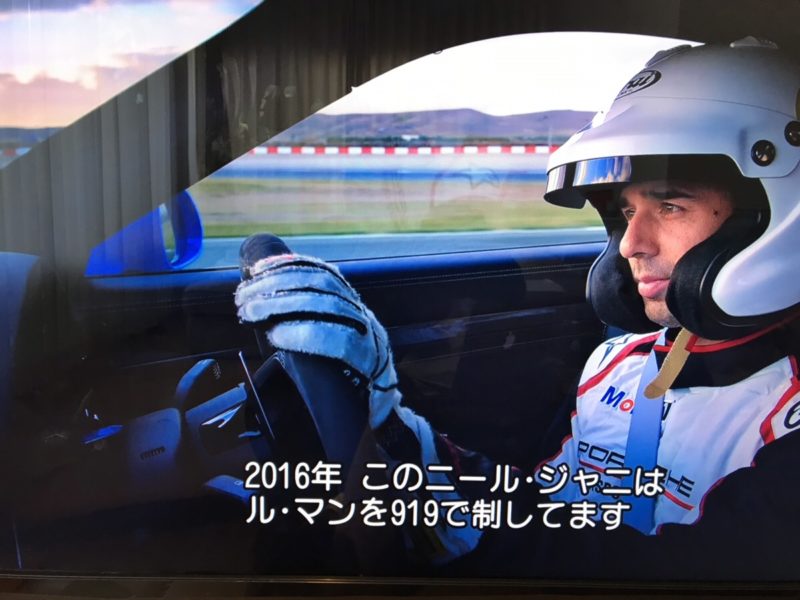
Looking at the specs, the GT2 RS has 700 hp, while the 917 has 621 hp. However, the 917 weighs only 800 kg compared to the GT2 RS’s 1,830 kg. The GT2 RS also features modern tires, brakes, and a paddle-shift gearbox.
So it was truly uncertain who would win…
I thought, “Of course, the GT2 RS will easily win from the start, right?” but…
The surprise was Dickie Attwood.
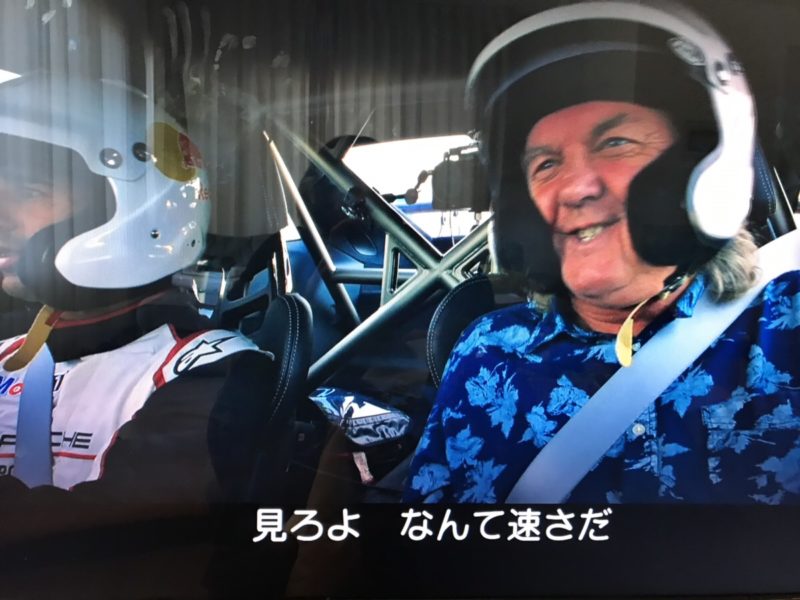


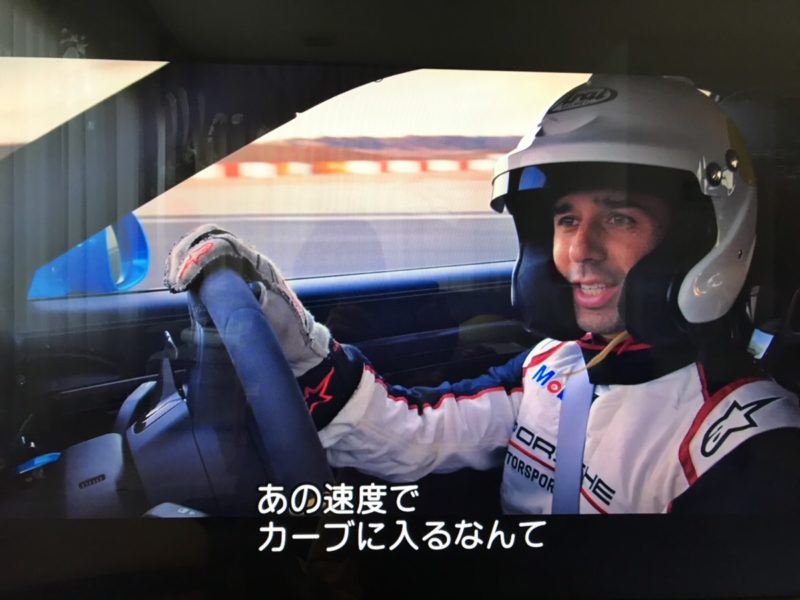
Grandpa is amazing, haha.
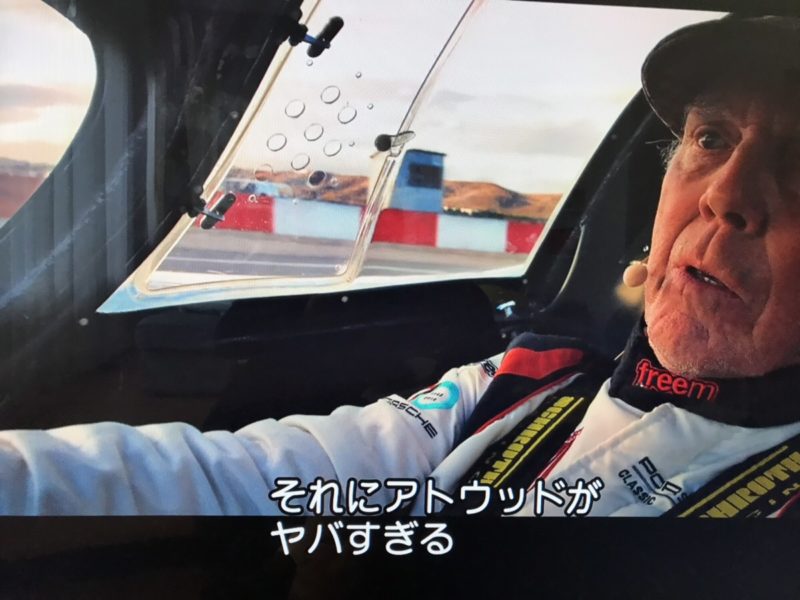
It was a close race with lead changes back and forth.
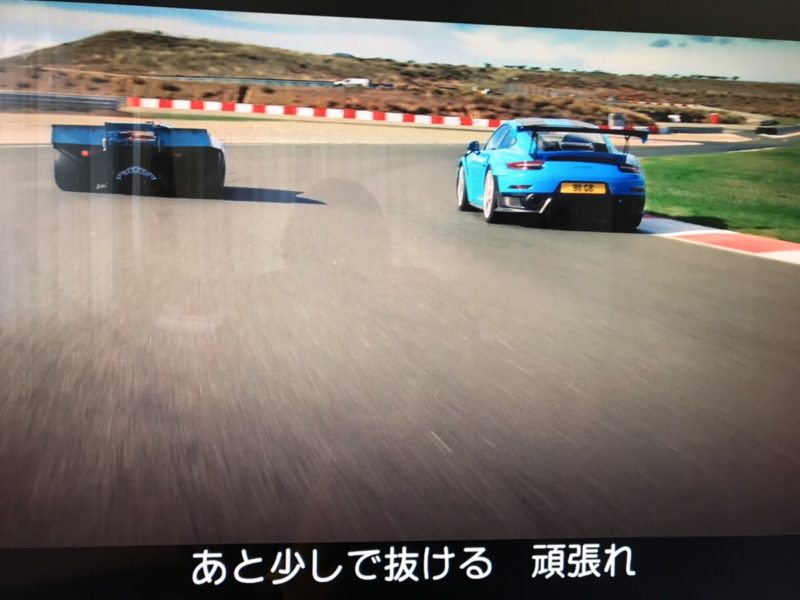
But in the end, youth and modern tires won. Neel Jani, the GT2 RS driver, said, “Good, now I won’t be unemployed,” which I’m sure was a relief, haha.
Even Jeremy said after watching the footage, “That was thrilling, truly impressive.”
Wow, that was a very worthwhile episode. It also touched on Porsche’s history, reminding us that today’s Porsche is built on a foundation of rich tradition and heritage. Everyone, please check out Season 3 of The Grand Tour.
*Image and article source: Amazon Prime “The Grand Tour (Subtitled)”
このブログが気に入ったらフォローしてね!




Comment ( 0 )
Trackbacks are closed.
No comments yet.